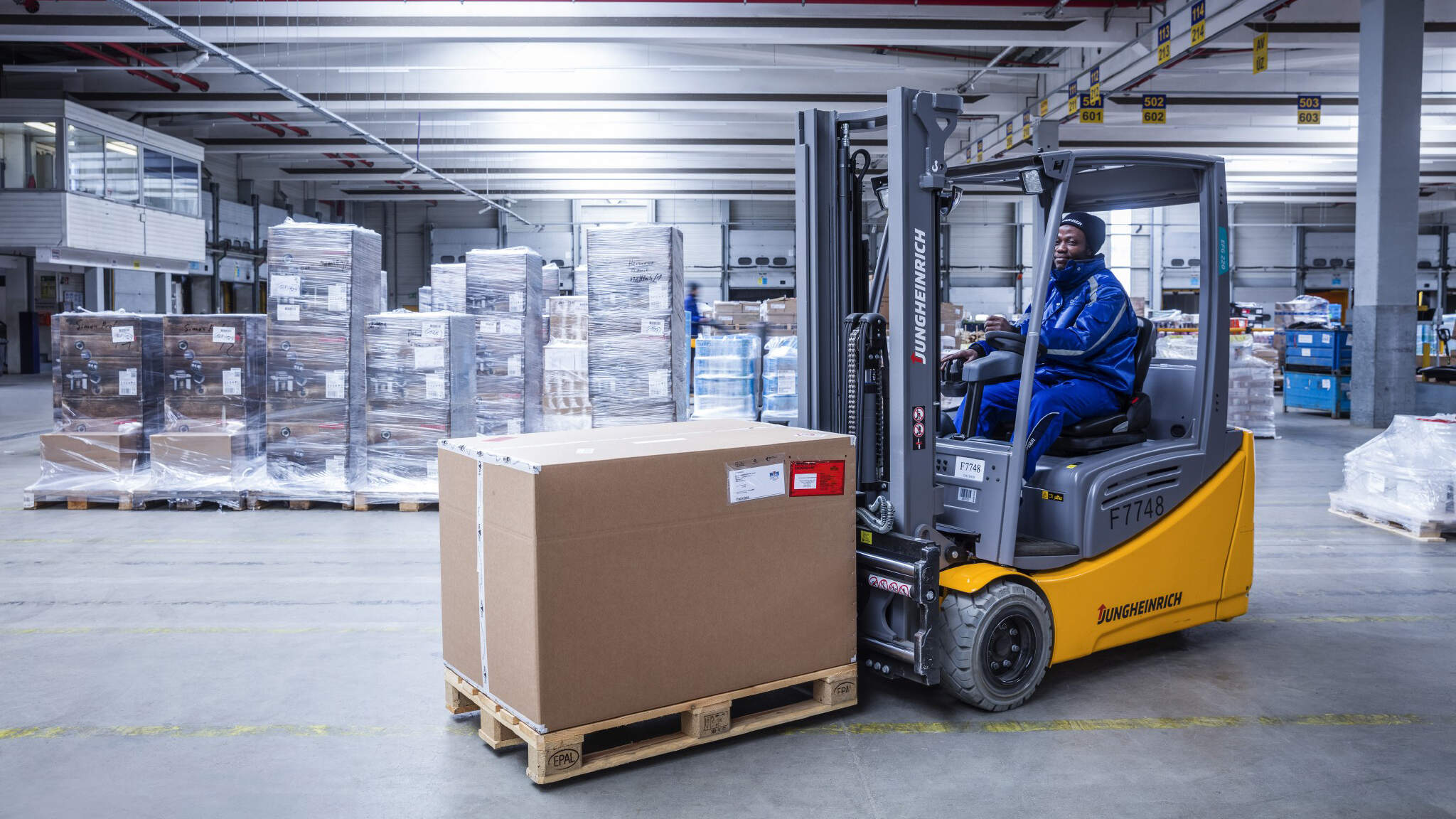Packaging suitable for stress and transport to prevent damage
Especially in the current uncertain economic situation, the main focus is on safety and ability to deliver. The damage-free transport of goods is essential for this and requires packaging that is suitable for stress and transport. In the following, we would like to give an overview of damage prevention through packaging.

Packaging appropriate for stress or transport, taking into account the shipping load, route, duration and transport load, ensures that the packaged goods reach the recipient without damage and also functions to protect the salability and function of the packaged goods. Packaging is the responsibility of the sender, insofar as the goods can only be transported in packaged form for the agreed type of transport and means of transport. In case of a proven packing defect, which is the cause of damage, the Freight Forwarder is therefore not liable and is also not obliged to repair defective packing or to repack the goods. The shipper knows the special characteristics of his products and how best to protect them against damage. The packaging must protect the goods against the expected, foreseeable influences such as typical vibrations, centrifugal forces in tight curves, braking effects, the effects of heat and cold or the stress resulting from multiple transshipments. Warning symbols affixed by the shipper do not replace the packaging. This may even be inadequate if it was used. If the goods are shipped in the sales packaging, which must not be damaged, the goods are "unpacked" in the legal sense.
Packaging suitable for transport in general cargo transportation by truck should meet the following requirements: Protection of the goods against the dynamic loads during transportation and multiple handling and the form-fit of the package. Packages must also be packed in such a way that access to the contents is possible only by leaving external traces, in order to ensure protection against theft. Smaller packages in a consignment should be grouped together to form larger units, and packages heavier than 1,000 kg must be marked with appropriate weight markings. In case of special characteristics of the goods, the standardized handling instructions must be attached.
Incorrectly dimensioned packaging, exceeded performance limits, packaging of inferior quality, lack of instructions for proper handling or labeling of the goods, poor load unit securing on the pallet, defective foiling, goods protruding beyond the pallet or completely unpackaged are among the frequently identified defects in packaging.
In addition to the obligation to pack, the consignor also has an obligation to provide information and labeling. Information on all factors known to the consignor and affecting the execution of the order, such as addresses, type and nature of the goods, gross weight, value of the goods or delivery times, must be provided by the principal in good time. Likewise, the packages must be correctly marked so that the carrier can check the goods for completeness and identity and deliver them to the correct recipient.
Only the adaptation of the entire packaging cycle can lead to an economical and damage-free transport. Packaging optimization starts with the development of the sales or product packaging, which influences the size and stability of the transport packaging.
When taking over the consignment, the forwarder must then check the number and type of packages taken over and the external condition of the packaging, as well as carrying out interface checks. Excluded from this and not to be confirmed is whether the packaging used is suitable for transport, the contents of the individual packages, the number of individual cartons on a pallet or the weight of the packages.
If you have any questions, please contact your local contact at the respective DACHSER branch.